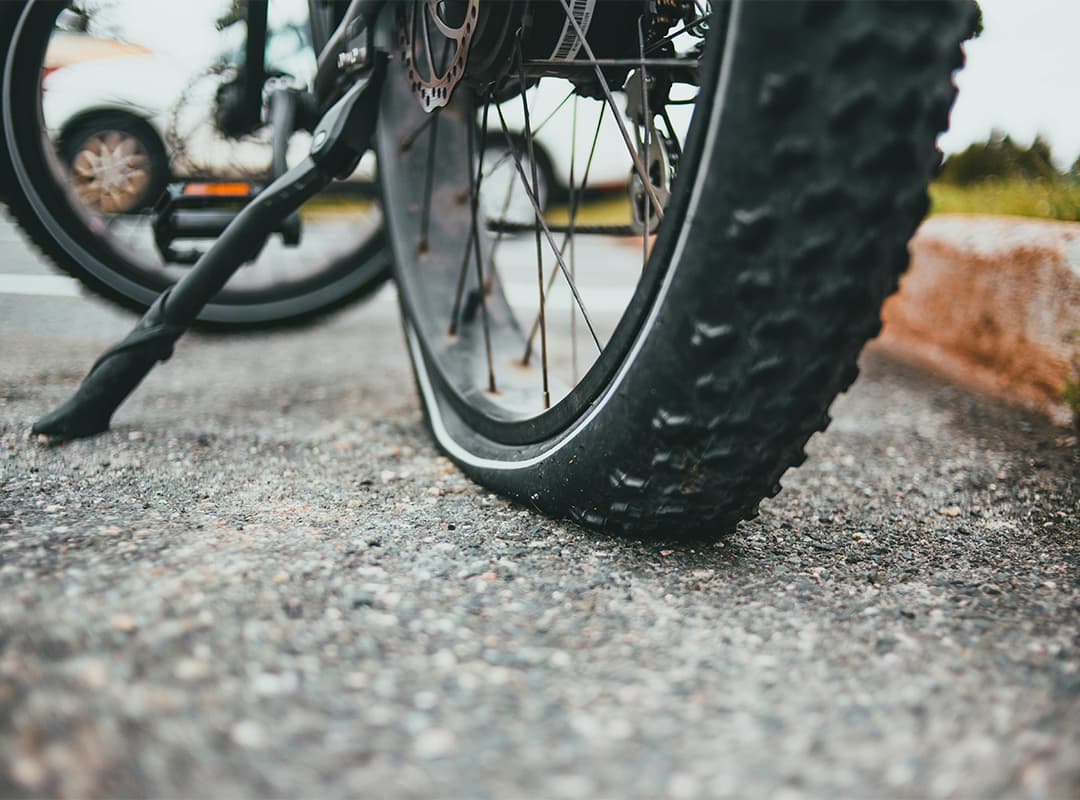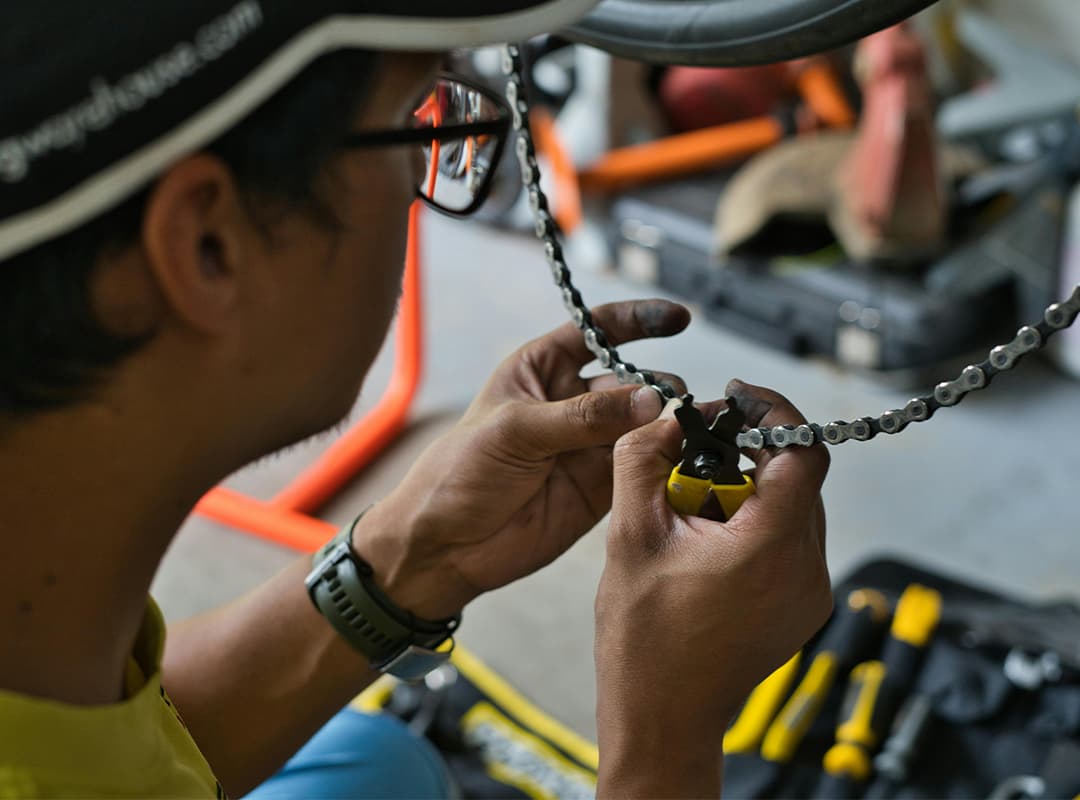Properly maintaining your bicycle’s gear, brake, and suspension systems is crucial for optimal performance and safety on the road or trail. Whether you’re a novice cyclist or a seasoned pro, knowing how to make these adjustments can enhance your riding experience significantly. In this guide, we’ll cover the essentials of adjusting gears, brakes, and suspension, ensuring that your bike remains in top shape for every ride.
Understanding the Basics
Before diving into adjustments, it’s important to understand the basic components involved:
- Gears: These allow you to change the resistance when pedaling, helping you manage various terrains and speeds.
- Brakes: Critical for safety, they help slow down or stop your bike effectively.
- Suspension: Found on mountain bikes and some road bikes, it absorbs shocks from rough terrain, enhancing comfort and control.
1. Adjusting the Gears
Proper gear adjustment ensures smooth shifting and prevents damage to the drivetrain. Here’s how to do it:
Tools Needed:
- Screwdriver
- Allen wrenches
- Chain checker tool
Steps:
- Check the Cable Tension: If the gear shifting feels sluggish or skips, check the tension of the cable. You can adjust the barrel adjuster on the shifter or derailleur to increase or decrease tension.
- Adjust the Limit Screws: The limit screws prevent the derailleur from moving too far. Shift to the smallest chainring in front and the smallest cog in the back. Adjust the high limit screw until the derailleur aligns perfectly with the smallest cog. Then, shift to the largest chainring and largest cog to adjust the low limit screw.
- Fine-Tuning the Indexing: Shift through all the gears and listen for any skipping or grinding. If necessary, adjust the barrel adjuster to fine-tune the indexing until shifting is smooth.
2. Adjusting the Brakes
Brake adjustments ensure effective stopping power and enhance safety. Here’s a step-by-step guide:
Tools Needed:
- Allen wrenches
- Screwdriver
- Bike stand (optional)
Steps:
- Check Brake Pads: Inspect the brake pads for wear. They should make full contact with the rim or rotor. If they are worn down, replace them.
- Align Brake Pads: Ensure that the brake pads are aligned properly. For rim brakes, they should touch the rim evenly without rubbing against the tire. For disc brakes, ensure they’re centered over the rotor.
- Adjust Cable Tension: If the brakes feel too loose or too tight, you can adjust the cable tension using the barrel adjuster on the brake lever. Turn it counter-clockwise to increase tension and clockwise to decrease tension.
- Test Brake Performance: After adjustments, squeeze the brakes to test their effectiveness. They should engage smoothly and without hesitation.
3. Adjusting Suspension
If your bike has suspension, adjusting it properly can greatly enhance comfort and control, especially on rough terrain. Here’s how to adjust your suspension:
Tools Needed:
- Suspension pump (if applicable)
- Allen wrenches (for some suspension systems)
Steps:
- Set the Sag: Sag refers to how much the suspension compresses under the rider’s weight. To set it, sit on your bike in your normal riding position, then measure how much the suspension compresses. Generally, sag should be around 20-30% of the total travel for mountain bikes. Adjust the air pressure or spring tension to achieve the desired sag.
- Adjust Rebound: The rebound setting controls how quickly the suspension returns to its original position after compressing. Too fast can cause a bouncy ride, while too slow can make the bike feel sluggish. Adjust the rebound according to your riding style and terrain.
- Compression Damping: This setting controls how much the suspension compresses when hitting bumps. For rough terrain, a softer setting may be beneficial, while a stiffer setting might be preferred for smoother trails. Adjust according to your preference and riding conditions.
Regularly checking and adjusting your bicycle’s gears, brakes, and suspension is essential for optimal performance and safety. Whether you’re riding a custom bike or a readymade model, taking the time to ensure everything is finely tuned will enhance your cycling experience. By following this guide, you’ll be well-equipped to tackle any adjustments needed, ensuring that your bike is always ready for your next adventure.



